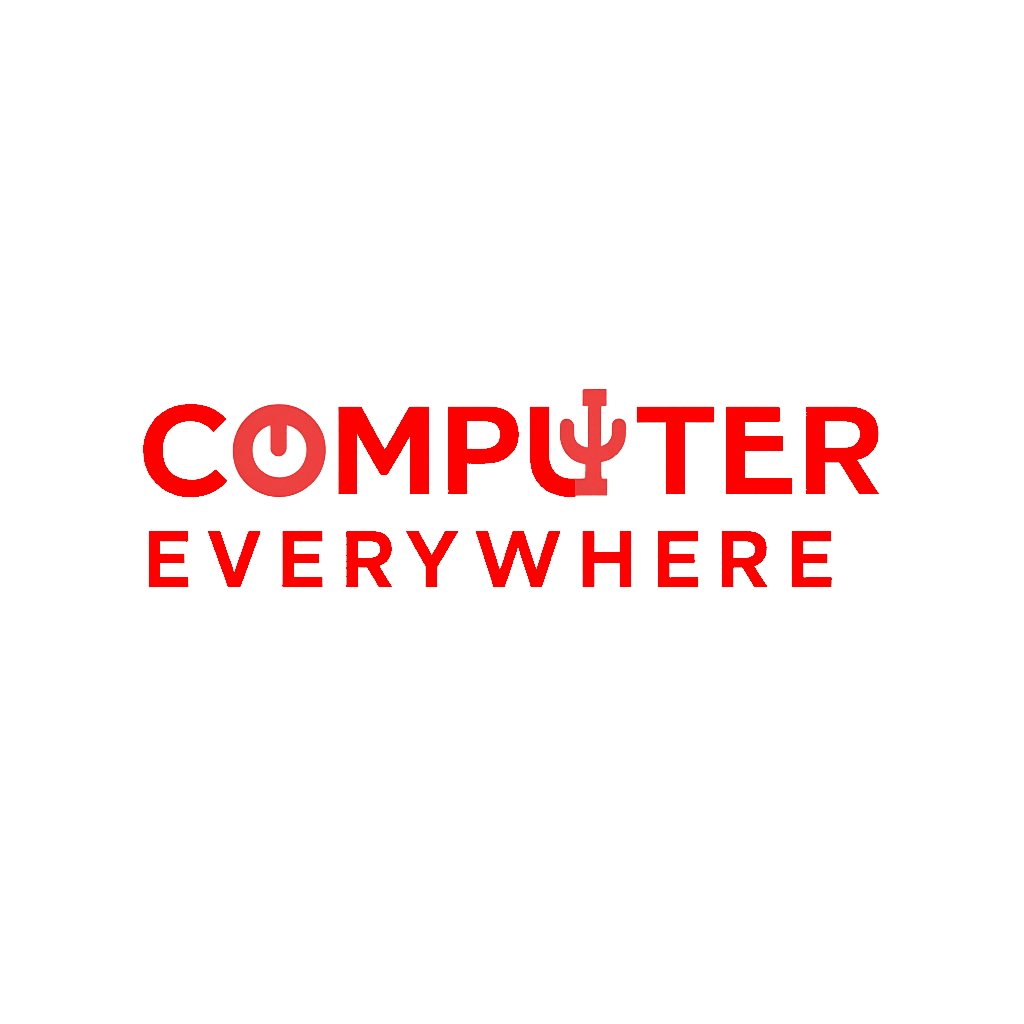Your cart is currently empty!
Map and disconnect Virtual Disk in VMware Workstation
Working with virtual disks in VMware Workstation gives you powerful flexibility—especially when you need direct access to files from a virtual machine without booting it. Whether you’re troubleshooting, recovering data, or just copying files, knowing how to map and disconnect a virtual disk (VMDK) can save you time.
Here’s a step-by-step guide to help you safely map and disconnect virtual disks in VMware Workstation.
What Is a Virtual Disk (VMDK)?
A VMDK file is a virtual hard disk used by VMware virtual machines. It contains the operating system, applications, and data just like a physical hard drive.
Mapping a virtual disk lets you mount it directly on your host system (Windows) without starting the VM.
When You Might Map a Virtual Disk
- Recover data from a VM that won’t boot
- Copy files from a VM without powering it on
- Inspect or modify files inside the VM
- Back up important VM data
Before You Begin
- Make sure the VM is powered off.
- VMware Workstation must be installed on a Windows host (disk mapping is only supported on Windows).
- Use Administrator privileges to avoid access issues.
How to Map a Virtual Disk in VMware Workstation
Step 1: Open VMware Workstation
Launch VMware Workstation and ensure the VM is powered off.
Step 2: Go to the Disk Mapping Tool
- From the top menu, go to:
File > Map Virtual Disks - Click Browse and select the
.vmdkfile of the virtual disk you want to map.
Tip: If the VM uses split disks or snapshots, be sure to select the correct base or current snapshot file.
Step 3: Select the Volume
- Once the disk is loaded, VMware will list the partitions inside it.
- Choose the partition you want to map and click OK.
The virtual disk will now appear in Windows Explorer as a new drive letter (e.g., E:).
How to Safely Disconnect a Mapped Virtual Disk
Once you’re done, it’s important to cleanly unmap the disk:
- Go back to:
File > Map Virtual Disks - Click Disconnect next to the mapped volume.
Never just eject it from Windows Explorer—it could cause corruption.
Limitations and Notes
- You cannot write to virtual disks with snapshots when mapped—read-only access is enforced.
- Mapping may not work with encrypted VMs or compressed disks.
- Linux host systems do not support disk mapping via GUI.
Conclusion
Mapping and disconnecting virtual disks in VMware Workstation is a quick way to access VM data without starting the full virtual machine. Just remember to map with care, especially when working with snapshots or critical data.
For more VMware and virtualization tips, check out the rest of our blog or subscribe to our newsletter.

Tech enthusiast and content creator passionate about making technology simple for everyone. I share practical tips, guides, and reviews on the latest in computers, software, and gadgets. Let’s explore the digital world together!

